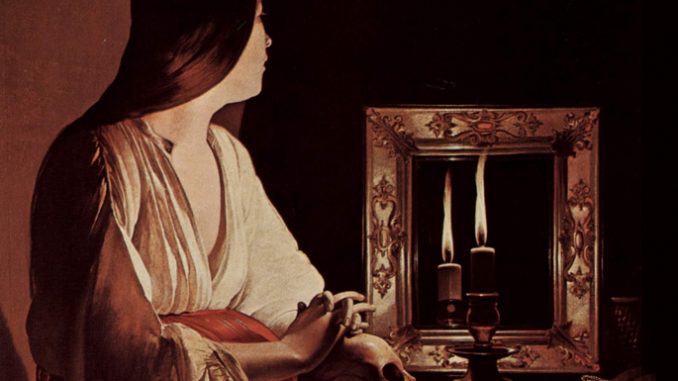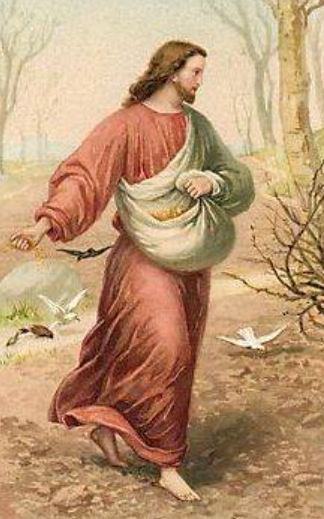Knowing the Real Saint Mary Magdalene, by Dawn Beutner

Canada Plans to Euthanize 15 Million People in the Next 20 Years, by Bobby Schindler
July 22, 2025
Mississippi Launches MAMA Program to Support Moms, Families, and Pro-Life Values, by Paris Apodaca
July 22, 2025
Detail from "Repenting Magdalene" (also called "Magdalene and Two Flames", c.1638-43) by Georges de la Tour (WikiArt.org)
By Dawn Beutner, Catholic World Report, July 22, 2025
Dawn Beutner is the editor of a new book All Things Are Possible: The Selected Writings of Mother Cabrini (Ignatius Press, 2025). She is also the author of The Leaven of the Saints: Bringing Christ into a Fallen World (Ignatius Press, 2023), and Saints: Becoming an Image of Christ Every Day of the Year also from Ignatius Press. She blogs at dawnbeutner.com.




